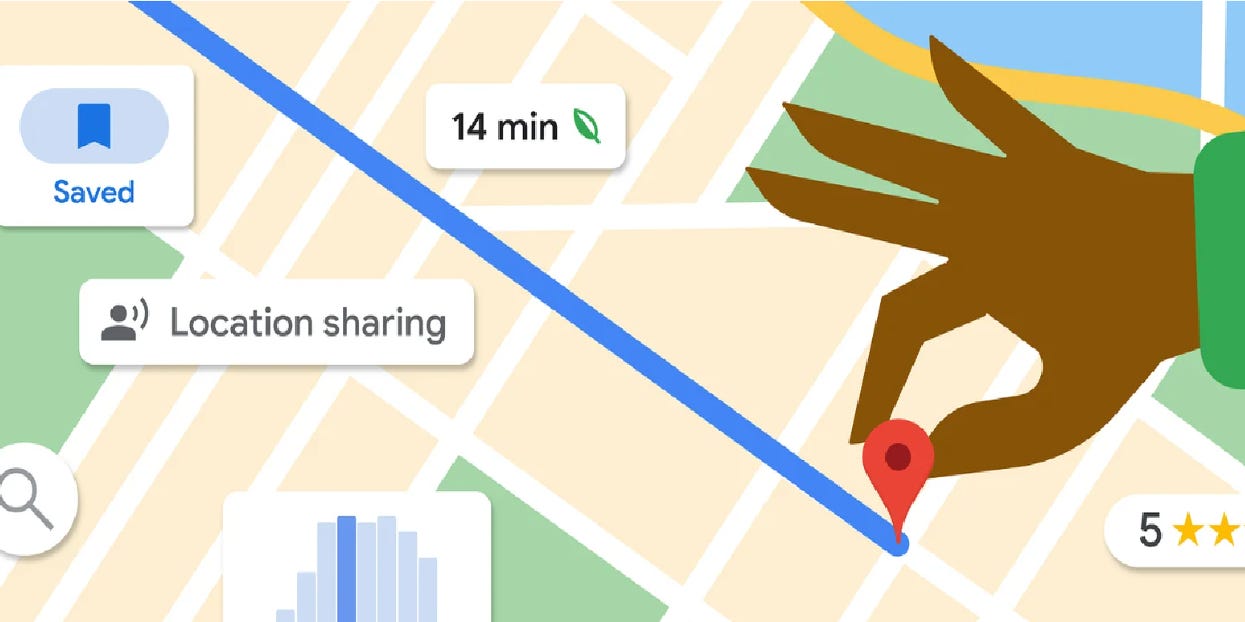
Navigation apps have become an essential tool for millions of drivers around the world, helping them reach destinations efficiently and with ease. Among the top choices are Google Maps, Apple Maps, and Waze — each offering unique features and user experiences. Understanding how these apps differ can help users choose the best one for their individual needs.
Google Maps, considered the industry leader in navigation, offers a comprehensive set of features including real-time traffic updates, route planning for driving, walking, biking, and public transit, as well as integration with local business information like hours of operation and customer reviews. As a part of the larger Google ecosystem, it benefits from constant updates and vast amounts of data. It is known for its accuracy in directions and widespread global coverage.
Apple Maps, which has seen significant improvements since its rocky start, now provides a smooth interface tailored for iOS users. It has closed the gap with competitors by improving map detail, introducing real-time transit, and delivering turn-by-turn directions with Siri integration. Apple Maps also places a strong emphasis on privacy, not associating user data with Apple IDs, which appeals to privacy-conscious users.
Waze, acquired by Google in 2013, focuses more on community-driven features. It specializes in real-time traffic updates provided by fellow users, such as accidents, road hazards, and police presence. This makes it particularly useful for drivers looking to avoid delays in real time. However, Waze’s interface is more simplified and may not be suitable for non-driving directions like walking or biking.
Each app has its strengths: Google Maps offers robust all-around navigation, Apple Maps excels in iOS integration and privacy, and Waze shines with real-time, crowd-sourced driving data. Ultimately, the best choice depends on the user’s platform preference, privacy considerations, and specific navigation needs.
Source: https:// – Courtesy of the original publisher.








